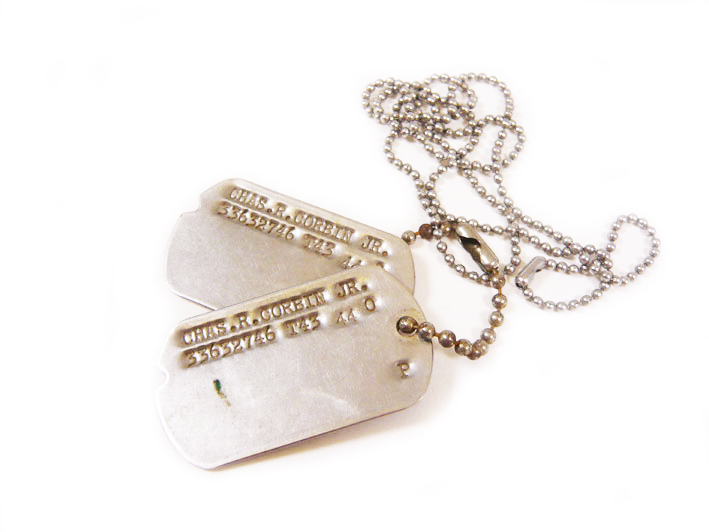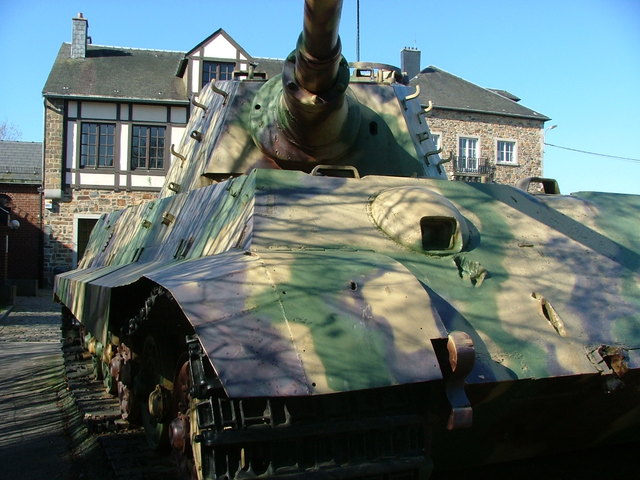
In the museum, historical artefacts pertaining to the Ardennes Offensive are collected, preserved and exhibited to tell and illustrate the story of this historical battle. It offers a chronological and themed journey into the history of the German offensive in the surrounding of La Gleize and the failure of Kampfgruppe Peiper to succeed in its mission in December 1944.
The museum visit begins with an impressive encounter of 69 tons of armour in the form of a King Tiger tank from the 1st SS Panzer. Witness to the local fighting, it is the only one in Europe having participated in the Battle of the Bulge displayed at the location where it actually fought.

It continues on the first floor, surrounded by historical uniforms and equipment pertaining to the German counter-offensive led by the tanks of the SS battlegroup known as Kampfgruppe Peiper. There, an item of great historical value is displayed: the map board from SS Obersturmbannführer Jochen Peiper, commander of the 1st SS Panzer at Stoumont-La Gleize.
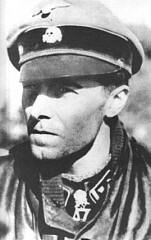
What if these objects could talk? The displays are packed with thousands of authentic objects from different backgrounds. Some have been recovered from the battlefield, some have been donated by veterans but all of them have a story to tell. Such as this 120mm Russian mortar abandoned by the SS...

Miss Maria George liked the sound of the mortar in her backyard very much... but, today, it is safely displayed in the museum. Evidently not the sound made by mortar bombs but the sound of a piece of metal hitting the tube on different spots. The notes were of the most beautiful effect and it is said that her cows were attracted to the sounds of the mortar "bell".
The mortar would still be in the orchard today if it were not for some thieves: on a dark night, they stole the mortar from her backyard and put it on their trailer. Fortunately, a witness saw the theft and went after them. The mortar fell off the trailer road and the thieves ran away.
The tour continues with the American opposition to the German offensive by the 3rd Armored Division and the famous 82nd Airborne Division who opposed Peiper's Panzers.
The exhibition shows stunningly realistic dioramas displaying the rich collections of the Museum. One example he kitbag that belonged to Pfc. Carl M. Stevens, Battery B, 285th Field Artillery Observation Battalion, one of the 84 American prisoners who where killed in the field at Baugnez crossroads on December 17, 44. To the story, when the American prisoners are gathered in the field, Pfc. Carl M. Stevens, who was wounded on his left shoulder and after having received first aid from Cpl. Ralph J. Indelicato, he was one of the first killed when the shooting started. (See also the film Saints and Soldiers (2004), which is based on this story, it is the wounded soldier in the field who received first aid from a medic.)
From Normandy to the Ardennes... sometimes it is a small object that intrigues... like the dog tags in the display dedicated to the 101 Airborne Division. These are the two dog tags of Herbert A. Tubbs, an American hero decorated in Normandy with the Distinguished Service Cross. Herbert A. Tubbs is also a hero of the Battle of the Bulge and fought in Bastogne during the defense of his seat in December 44.
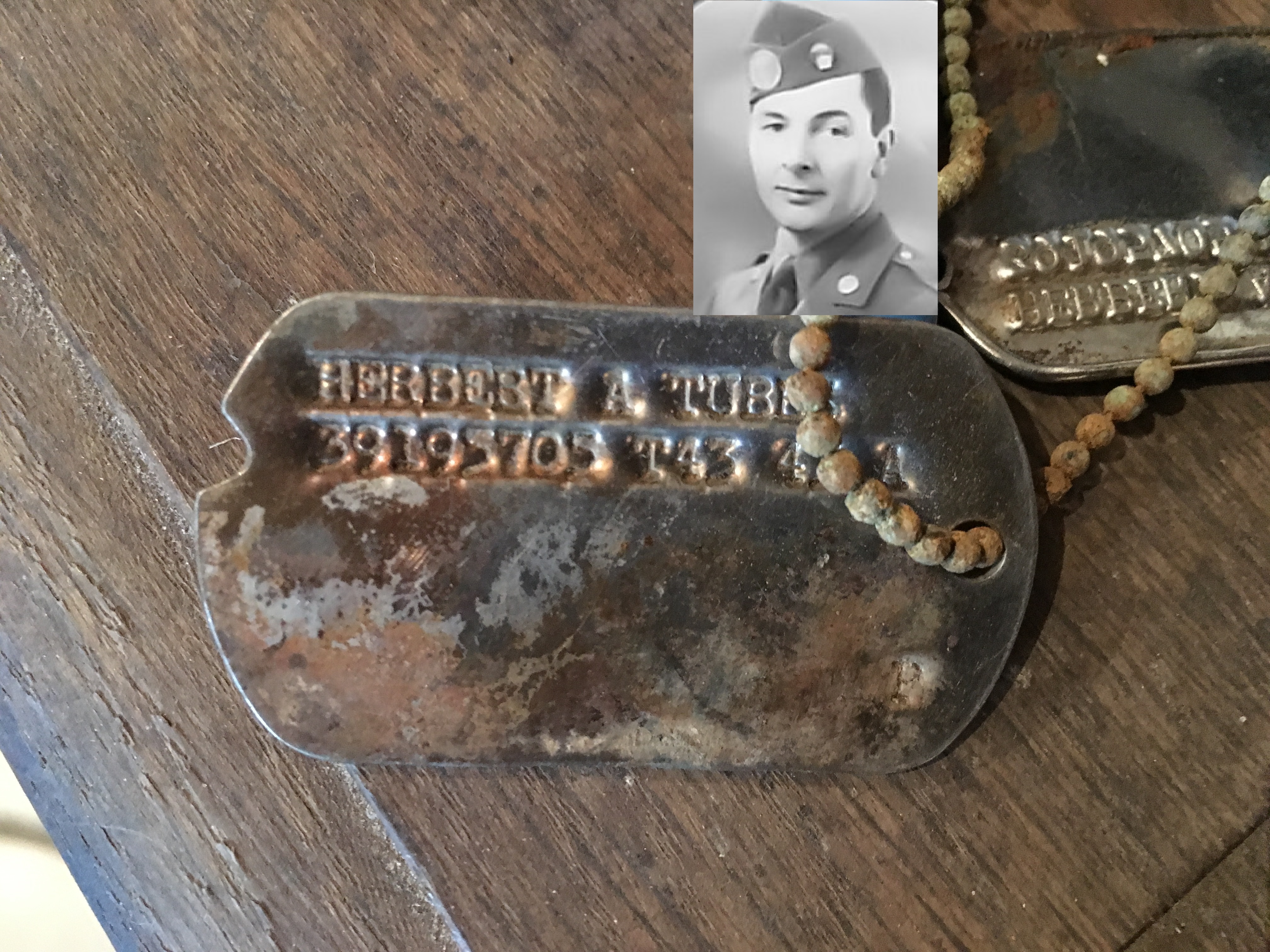
The movie in the projection room shows the battle for La Gleize in 1944. Teams of propaganda cameramen filmed everything in the middle of the combat. A half hour of striking combatscenes with original sound show German officers shouting orders, mortar and artillery fire and the capture of American prisoners. Some of the locations seen are still recognizable today.
Other displays show impressive memorabilia, like helmets pierced by bullets or shell fragments, an ammunition box splashed or the coat of an SS man found on the battlefield with shrapnel holes at the collar and at leg level (see photo gallery)
One of the most unusual objects on display is a radio that fell from the sky! When a damaged US Flying Fortress came back from a mission over Germany, the pilots prepared the aircraft for emergency landing. The crew tried to lighten the plane to regain altitude to return to base by throwing everything overboard that was not needed. Miscellaneous equipment was scattered for miles and a local resident was very surprised to see a big 50cm yellow rubber cube bouncing into his backyard where it stopped. The package was so well protected that its contents were in perfect condition! It turn out to be a complete survival radio transmitter.
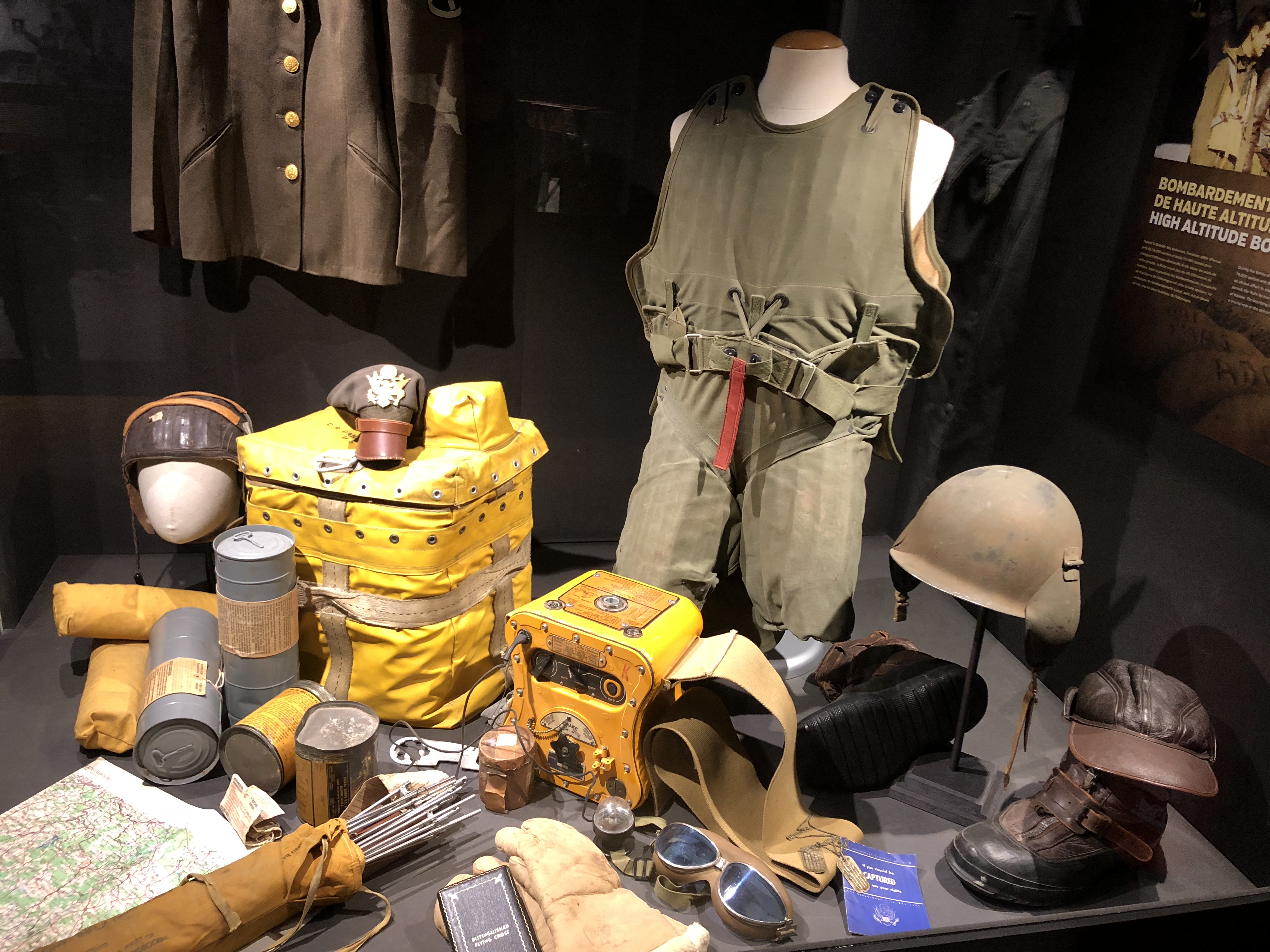
We also learn that women served during the Battle of the Bulge alongside U.S. paratroopers from the 82nd Airborne Division.
Another showcase below is the lot of German paratrooper Oberleutnant Clemens Wedding, holder of the German Cross in Gold, who during the fighting of December 44 wrote to his wife "The days here are harder than the hardest days of fighting in Normandy."
The December 44 Museum's collections assemble more than 5,000 military artifacts relating to the Battle of the Bulge. Thanks to an active acquisition policy, the collections continue to evolve.

The final part of the museum tour illustrates the archaeological treasures from the
battle - what is under the ground in the Ardennes.
